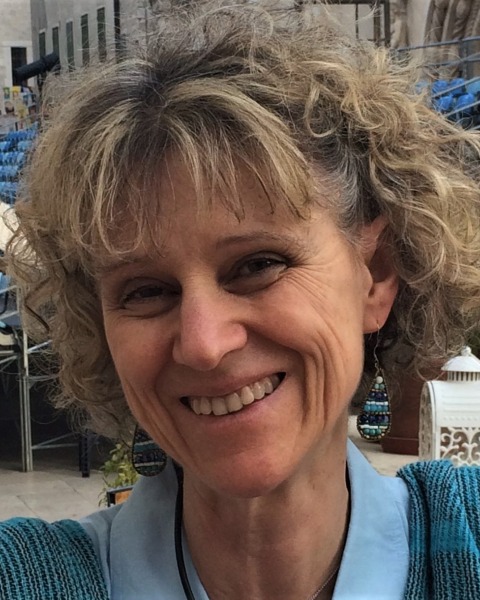
Veronique Dartois, PhD
Professor
Hackensack Meridian School of Medicine, and Center for Dsicovery and Innovation
Nutley, NJ, United States
Véronique DARTOIS
Member, Center for Discovery and Innovation
Professor, Hackensack School of Medicine at Seton Hall University
Véronique Dartois received her PhD degree in molecular microbiology in Belgium, and completed her post-doctoral training at the Scripps Research Institute (CA) and Pasteur Institute (Paris). She spent 15 years in the biotech and pharmaceutical industry, and was Executive Director, Pharmacology, at the Novartis Institute for Tropical Diseases, in Singapore, supporting hit-to-lead, lead optimization and preclinical stages of drug discovery programs in Tuberculosis, Dengue fever and Malaria. In 2012, she transitioned to academia, at the Public Health Research Institute of Rutgers, to focus entirely on studying the pharmacological mechanisms contributing to the very long therapy duration required to cure tuberculosis and nontuberculous mycobacterial disease. In 2019, she joined the Center for Discovery and Innovation of Hackensack Meridian Health (Nutley, NJ). She has established a fully integrated analytical platform for the quantification of drugs, lipids and other small molecules in various biological matrices in Biosafety Level 3 facilities, enabling the visualization of therapeutic agents and endogenous metabolites in tissues/organs infected with tuberculosis, non-tuberculous mycobacteria and other high-threat pathogens.
Her laboratory uses imaging mass spectrometry and laser-capture microdissection to visualize the spatial distribution of drugs at the complex site of tuberculosis infection, the sequestration of the pathogen in remote niches where drugs may fail to distribute efficiently, and how this affects drug efficacy in animal models and in patients. They have developed ex vivo assays to quantify the reduced susceptibility of bacterial subpopulations to most drugs. Using both quantitative and imaging methods, Dr. Dartois’s group has demonstrated that different anti-TB agents exhibit very different patterns of distribution from blood to the sites of infection. Their results have paved the way to guiding the selection of new drug regimens that combine agents with complementary distribution and activity within lesions, a significant departure from current – and mostly empirical – approaches.
I do not have any relevant financial / non-financial relationships with any proprietary interests.
Presentation(s):
-
138 - Visualizing Infections Using Molecular Imaging
Saturday, October 2, 2021
1:15 PM - 3:00 PM EDT -
Molecular Imaging of Drug Distribution in Tuberculosis Lesions
Saturday, October 2, 2021
1:15 PM - 3:00 PM EDT
